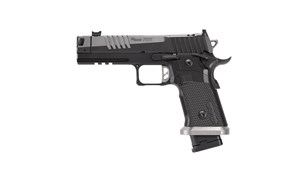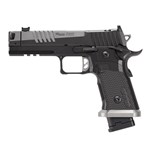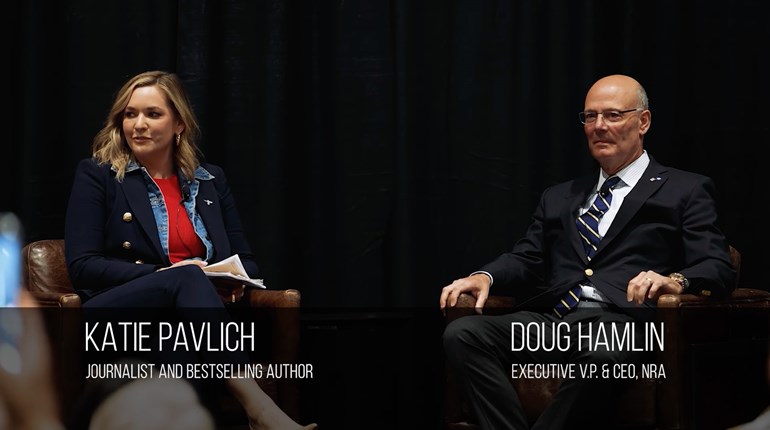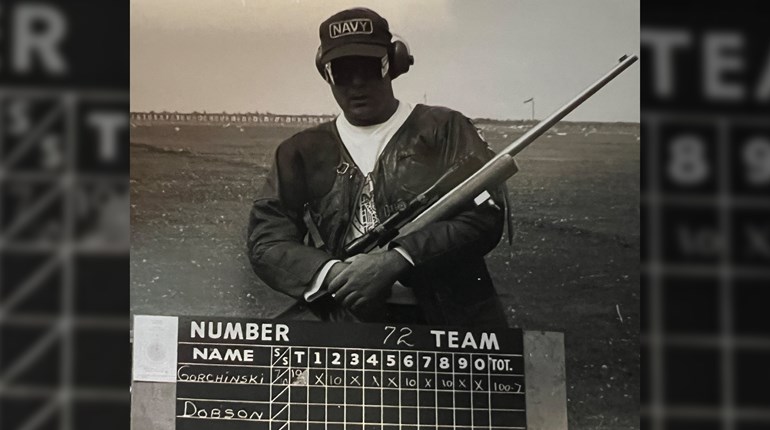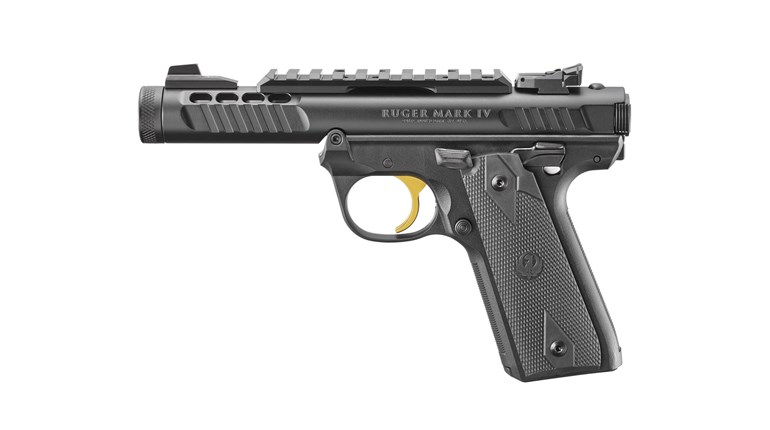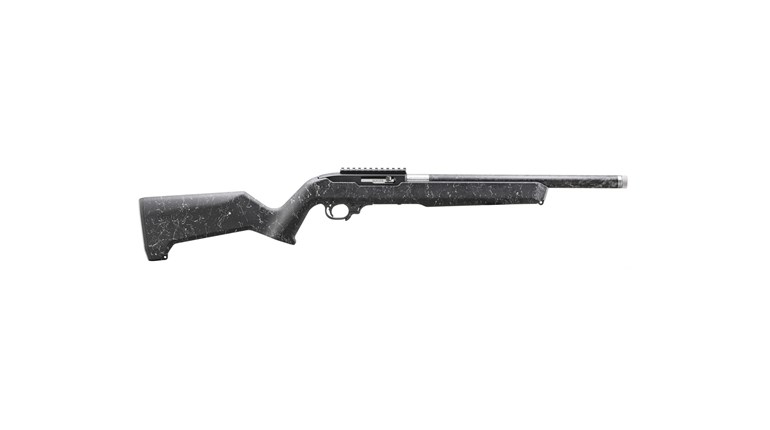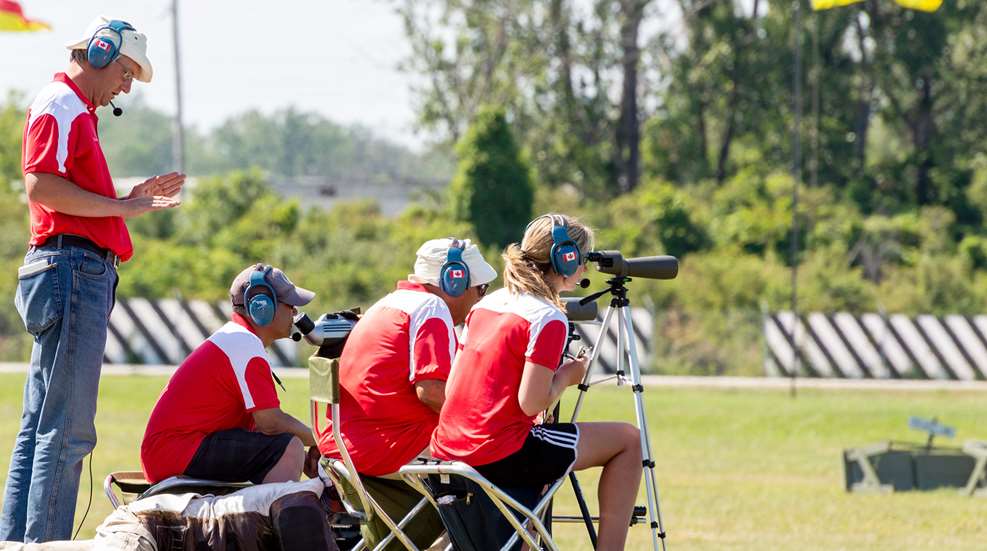
From the vault: This August 1988 Shooting Sports USA article by Dave Erickson is about tracking the rate of improvement of your shooting.
Have you ever felt your shooting just wasn't improving? Stuck in a slump? Your previously amazing progress is now down to a slow crawl?
For almost any of us in the shooting sports, the answer to these questions is an obvious yes. But why? Why on earth does our rate of shooting improvement seem to be zooming along with the greatest of ease and then suddenly we're stuck in a rut.
There are many answers to these questions. Since each shooter's situation is different, I won't presume to give you a pat answer. But it does lead to an interesting discussion about the learning curve of shooting.
By observing shooters, I have characterized their development into three phases. The first phase involves the basis of shooting, the second phase encompasses the shooter's development from beginner to accomplished marksman, and the third phase characterizes the shooter's development from serious contender to his or her highest state of development.
Regardless of whether the discipline is pistol, shotgun or rifle, the earliest days of a new shooting sport are spent learning the most basic fundamentals of the sport.
For a shooter entering his or her first shooting discipline everything is new. The rifle feels awkward, the target seems incredibly small, the moving targets travel with astonishing speed and previously unused muscles feel like they've been through a strenuous workout with the latest aerobics tape.
For a shooter skilled in another sport, trying out a new shooting event means rethinking old habits and trying to adapt previous techniques as quickly as possible. Regardless of the entry level of the shooter, the new shooter usually brings along a keen interest and a desire to learn everything. If started on the right foot, shooter's progress will be substantial and measurable.
After the initial skills of the sport are learned, the new shooter usually hits the first slow phase of his or her career, indicating the entry into the second phase of shooter development. Up to now, the points have come easily, requiring little more than repetition through practice. From the beginning of this second phase, the shooter will need to work more consciously to refine his or her rough skills, and begin to develop the mental skills necessary to allow the physical performance to occur.
As a shooter hits this second phase, there is a common tendency to embrace gimmicks, try out wild techniques, unusual equipment and generally not focus on the skill aspect of the sport. I use the word "gimmick" because many shooters often get stuck on using the latest equipment or trying the position of the latest hot shooter in the region.
At the same time, this testing period is important to the long range development of a promising shooter. Only through trial and error can the new shooter evaluate the merits of different equipment and shooting methods. The shooter with a future always tries new equipment or new techniques on a trial basis—a controlled, experimental approach—before accepting it as worthwhile. The gimmick shooter will say the latest fad is the answer to all his problems before he even uses it.
How does a shooter break out of this slow period of improvement? There probably is no secret method, but a major contribution is the shooter's acceptance of the fact that improvement comes from his or her personal efforts, not from equipment gimmicks. Once this point is recognized and accepted, the shooter will soon stride forward to new levels of accomplishment.
When new levels of performance are realized, the scores often come in large bounds, rather than small steps. Just as suddenly, the new levels of performance may level off again before moving ahead. Usually this pattern will continue throughout the second phase of a shooter's development, the phase that takes the shooter between being a knowledgeable beginner up to a serious contender on the national level.
In the opinion of many in the sport, these intermediate plateaus are connected to more detailed learning barriers. Mental acceptance of a particular score is a common barrier. The development or refinement of a skill area can also be the element that breaks a shooter through to a new level of accomplishment.
Once the national or international level of performance is achieved, the shooter's progress will usually come in only the smallest increments, often easing ahead, then backing up some and then moving forward a little more. During this highest level of shooter development, the improvements are measured by the smallest of advances. Each small advance is mostly the result of the shooter's mental development toward being a national- or international-class shooter.
How then does a shooter move ahead as quickly as possible? The answer is easy to state, but extremely difficult to accomplish. Focus on the fundamentals, associate as much as possible with accomplished shooters who can help to guide you toward being a better shooter. Be willing to try something new, give anything you try a thorough chance to succeed, then put down in writing whether or not it worked and why. Based on your findings you will either adopt the new equipment or method, or you will reject it. Don't be surprised if you cover similar territory several times in your career. Often what didn't work a year or two ago will work amazingly well today. The difference may be because an improvement in shooting skills which the equipment or technique requires, or some other small improvement or change since the last evaluation. Whatever the reason, don't be afraid to embrace a good thing.
Read more: For Nicholas Realuyo, Hard Work Results In Top Junior Title At 2-Gun Nationals



